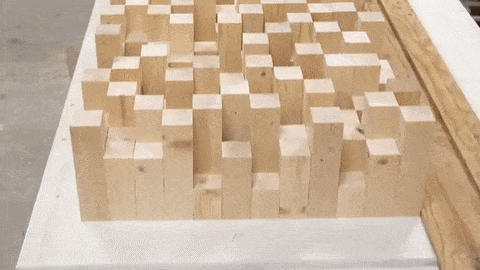Pics or it doesn't exist!
Skyline Diffuser:

Stepped and Fractal:
DIY Sound Diffuser Blueprints—Free designs for optimized diffuser panels & fractal sound diffusers. Come download them and learn about acoustic diffusion!
arqen.com
Slats:
View attachment 44758
Room treatments are dangerous if you don't know what you are doing. I've seen too many people say they treated their rooms only to throw most of it away once they learned more about how detrimental the effects can be.
@TheWarrior is spot on by saying you need accurate room measurements before you even begin trying... and then you still need to understand what the effects of different Aborption, Diffusion and reflection can yield.
The Master Handbook Of Acoustics is a great resource if you are interested in learning about any of this.
